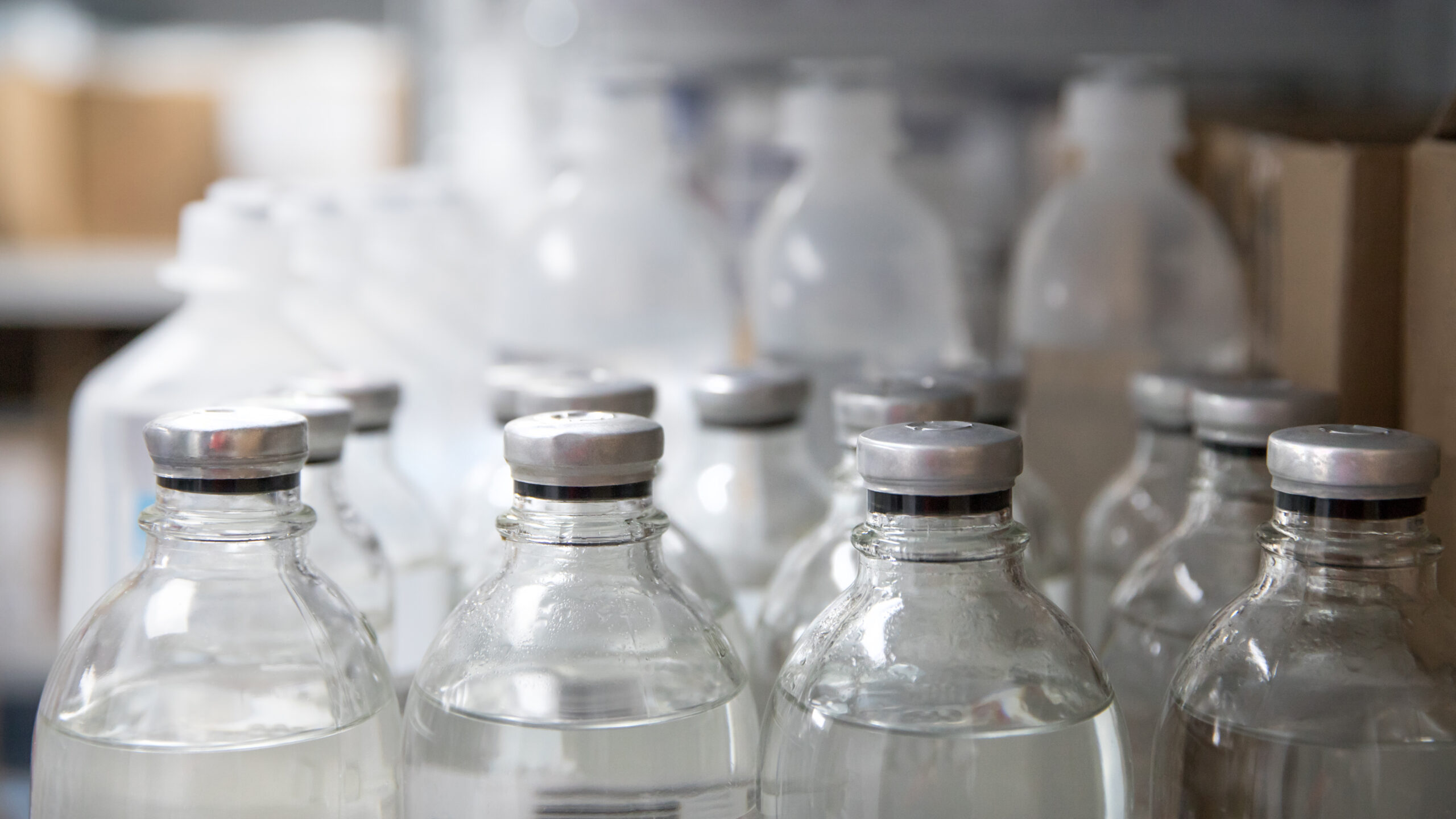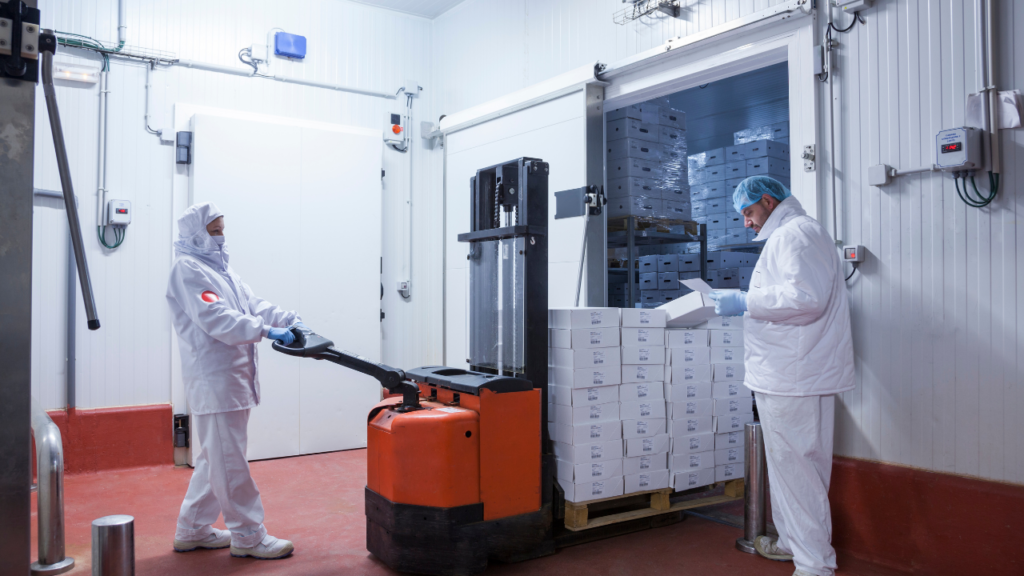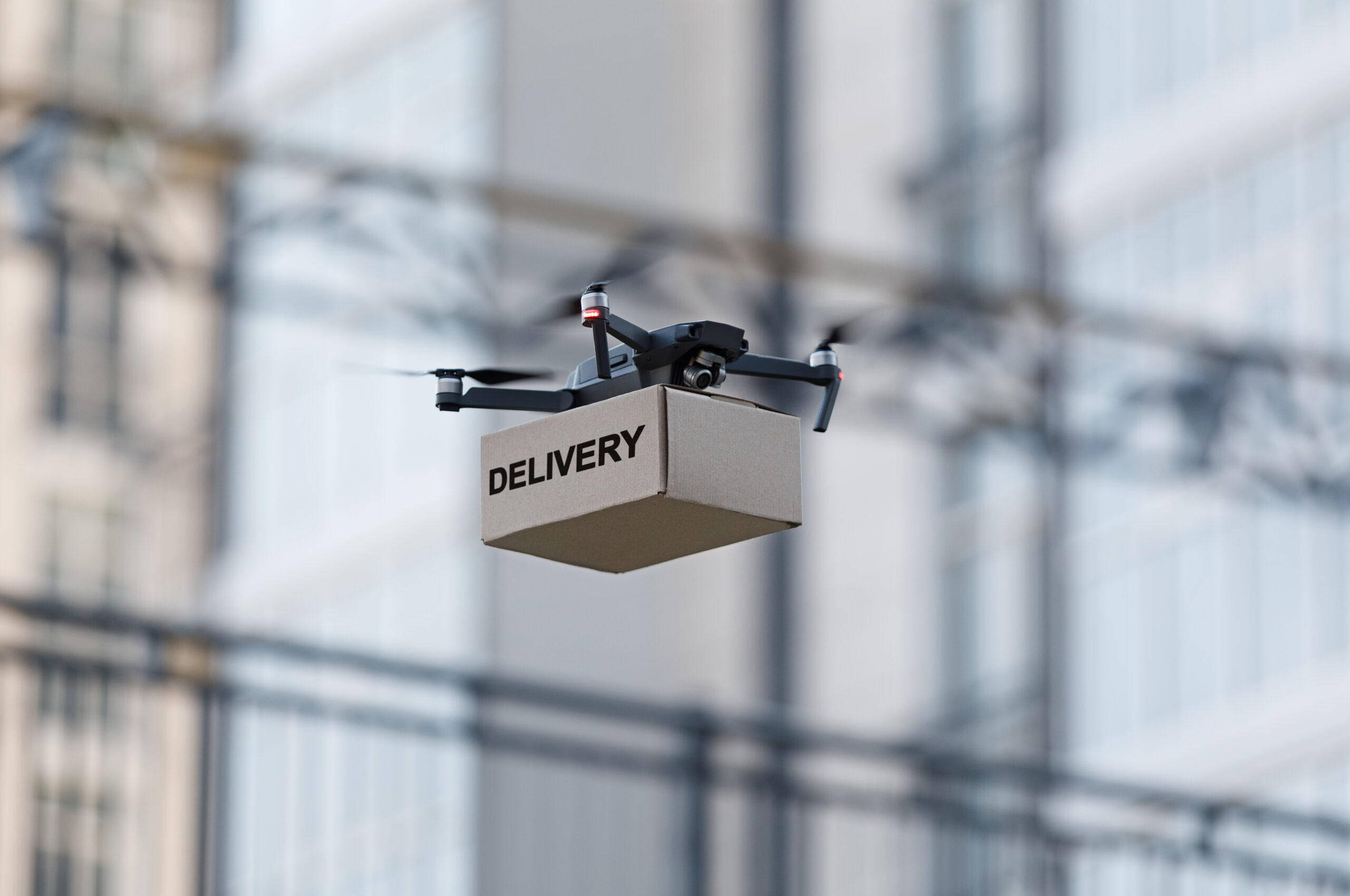- Why are controlled temperatures important in the supply chain
- Distributing temperature controlled (cold chain) pharmaceuticals
- Distributing temperature controlled food
Why are controlled temperatures important in the supply chain
The COVID-19 vaccine has made those of us who have a keen interest in logistics and supply chains, more acutely aware of the importance of storing cold chain pharmaceuticals within their required temperature range. A lot of consideration has to go into how to distribute the vaccine, from the temperature range, to the permissible duration of its journey between different entities. Considering that we’ve just experienced record-breaking temperatures over the summer right across Europe, the importance of temperature regulation becomes even more apparent. Especially when transporting the Pfizer, Moderna, AstraZeneca or Novavax COVID-19 vaccines to the vulnerable for home visits for example, which all require the vials to be stored between 2°C to 8°C. If the vaccine is not stored at the correct temperatures, its potency can be lost, resulting in a vaccine supply which is unusable.
So, whether you’re delivering temperature-controlled, cold chain pharmaceuticals or foods that have to be kept cool, such as fresh meats, it can be business critical, or even health critical, for you to be able to manage deliveries at specific temperatures.
If the vaccine is not stored at the correct temperatures, its potency can be lost, resulting in a vaccine supply which is unusable.
So, whether you’re delivering temperature-controlled, cold chain pharmaceuticals or foods that have to be kept cool, such as fresh meats, it can be business critical, or even health critical, for you to be able to manage deliveries at specific temperatures.
Distributing temperature-controlled pharmaceuticals
The MHRA, (Medicines and Healthcare products Regulatory Agency) advises on their blog that “the transportation arrangements from one location to another should be regarded as an extension of the storage activities”. To do this, you must consider:Packaging
MHRA advise that “refrigerated products should be packed in such a way as to ensure that the required temperatures are maintained.” For small volume, low-risk products, use validated insulated containers for short journeys (under 3 hours), and add gel or ice packs for longer journeys. For higher-volume, higher-risk products, or where journeys are likely to be extended or delayed, specialist refrigerated transport should generally be used to ensure products stay at the required temperature. Product containers should always be labelled with “sufficient information on handling and storage requirements and precautions”. This labelling can be supplemented with barcode-scanning, so you can track the exact location of goods through the supply chain. Use product classification labelling in your TMS, to identify temperature-controlled goods right from the planning stage. Planners can see at-a-glance when an order being planned contains temperature-controlled goods with a symbol in Advanced Planning; and can then assign specific temperature and storage requirements to distinguish between chilled, frozen and ambient goods. It is then easy to assign goods to the appropriate vehicle and maintain temperatures throughout the supply chain – cutting costly mistakes that would mean time is wasted on emergency last-minute vehicle changes – or worse, that products go to waste when they’re not kept at the correct temperature. It is also essential to be able to show that the transportation method can maintain the required temperature.Temperature monitoring
MHRA advise that temperature-controlled goods “should be strictly controlled and monitored with calibrated temperature probes”, to enable you to provide accurate temperature data throughout the journey. This data should be retained for a minimum of 5 years. You should also have a way to regularly review temperature records data – with clear procedures in place to take corrective action where required. In Stream, there are a number of ways to monitor temperature probing:- If you have a telematics system automatically monitoring temperatures inside the vehicle, you can integrate with Stream to keep a record of what items are on the vehicle when the temperature is taken.
- In Stream’s Walkaround Check feature, it’s easy to add a check to pre-use and end-of-day checks, so drivers will check and record the temperature at the start and end of their shifts
- You can also ask drivers to check and record temperature as part of the electronic proof of delivery (ePOD) capture at the point of collection and/or delivery
Mawdsley’s deliver temperature-controlled pharmaceuticals with Stream:
“Stream has it all. A great product, great people, great energy and great ideas. Stream provides strong support, attention to detail and a willingness to suggest alternative ways of driving efficiency or improving service to our customers. If you want a superb transport management solution, with an energetic dynamic approach to development and solution delivery, genuinely look no further.”Distributing temperature-controlled Food
You should be taking similar precautions when it comes to collecting and distributing temperature-controlled foods, particularly for meat and dairy products. For food distributors, the FSA (Food Standards Agency) stresses the importance of maintaining the cold chain, advising in this guide that “the cold chain is not to be interrupted. However, limited periods outside temperature control are permitted… provided that it does not result in a risk to health”.Fresh Logistics deliver temperature-controlled food with Stream:
“This has completely revolutionised our ability to provide real-time data to our clients, but we still monitor each vehicle closely to ensure we can react to any unforeseen circumstance. We are regularly lauded by our customers when we have five or six vehicles out on multi-drop routes and they call us to check on their progress. The instant feedback on progress, along with ETA’s to their next deliveries, or rescheduling of routes on the fly and within a single call has proven to be extremely beneficial. Stream truly gives us the edge from a customer service perspective.” Schedule your demo today to learn how you can manage deliveries at different temperatures with Stream.Frequently Asked Questions
The term ‘cold chain’ refers to a medicine or drug, such as a vaccine, that must be stored in a specific temperature range for it to function to its full capacity. For example, the Pfizer-BioNTech Covid-19 vaccine must be stored between 2°C and 8°C (36°F and 46°F) for up to 10 weeks, otherwise it will lose its potency until it is ineffective.
Stream’s advanced electronic proof of delivery (ePOD) system can track the exact location of goods as they pass through through the supply chain and record temperatures at the point of collection and/or delivery. This information is stored on the cloud and may be accessed by others along the supply chain, allowing for the frictionless passing of information.
Stream can integrate with telematics systems and autonomously keep record of what items are on the vehicle when the temperatures are registered. In a similar vein, with Stream’s Walkaround Check feature it’s easy to report the findings of pre-use and end-of-day checks, so drivers can check and record the temperature of the goods at the start and end of their shifts, and report them manually.MHRA stands for the Medicines and Healthcare products Regulatory Agency. It is the body that regulates and licences medicines, medical devices and blood components for transfusion in the UK.
The MHRA also regulate the standards and licensing for the manufacture, assembly and wholesale distribution of medicinal products under UK and EU legislation. They inspect and issue licences for organisations operating within the sector.





